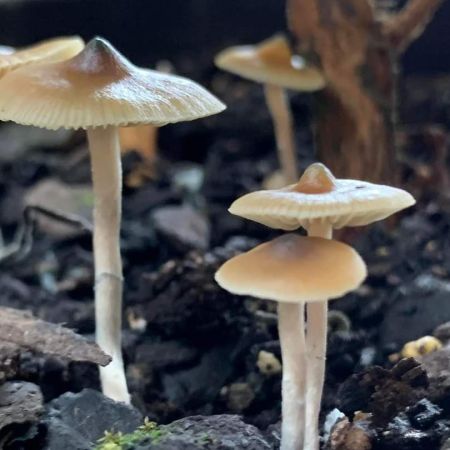While not as high-profile as marijuana legalization, the mainstreaming of psychedelics is also on the rise. That’s taken many forms, from legalization efforts to medicinal treatments to psychoactive beverages. It’s also led to an uptick in interest in the venom of the Sonoran desert toad, which contains 5-MeO-DMT, also known as Bufo — a substance that can produce hallucinations that some have found transcendent and therapeutic.
Here’s where things get a little trickier. As a New York Times article by Simon Romero reveals, that’s led to an increased demand for the toads’ venom, which has led some scientists to worry that this could have an adverse effect on desert toad populations.
The article points to several ways in which interest in the venom has led to challenges for toad populations, from outright theft of large quantities of toads to the rise of a fungal infection among toad populations housed at farms.
There is an alternative to this: scientists have been able to come up with a synthetic version of Bufo, which has been used to treat patients for things like anxiety and depression. However, it sounds like some people view the synthetic version as inferior to the version produced from an actual toad — despite the fact that the venom doesn’t just contain psychedelics. (Apparently, a toad’s venom is capable of killing a dog.)
Given the rising profile of psychedelics, and the growing acceptance of their use as a way to address depression, it doesn’t seem like these concerns will go away any time soon. Hopefully, the toads will persevere.
Thanks for reading InsideHook. Sign up for our daily newsletter and be in the know.


















